Why You Need to Care About Your Processed Meat’s Nutrition Label
Last month we discussed how to break down and interpret the ingredient statement of a Honey Ham with Natural Juices. In this blog post we will learn how to generalize the information on the Nutrition Facts Panel (NFP) and how it correlates to the Ingredient Statement. In the end, we’ll review an example formulation based on all the information available. The label we looked at

